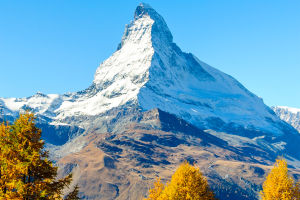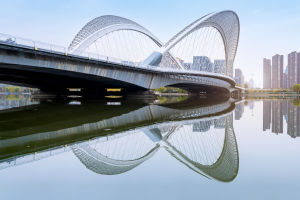Seoul, South Korea, is a city that masterfully blends the future with the past, offering an unparalleled experience for Lykkers seeking to explore vibrant cityscapes and cultural wonders.
As the capital city of South Korea, Seoul is brimming with modern skyscrapers, cutting-edge technology, and fascinating history. A visit to this sprawling metropolis promises adventure, culture, and an unforgettable experience.
Entry and Transportation Information
Getting around Seoul is efficient and affordable, thanks to its well-developed transportation system. Visitors can navigate the city with ease using the subway, buses, and taxis. The subway system, one of the most advanced in the world, operates daily from 5:30 AM to midnight. A single subway fare costs about 1,350 KRW (roughly $1.20 USD) for a one-way trip, with fare adjustments based on distance. For frequent travelers, the T-money card is a convenient rechargeable card that works on subways, buses, and taxis, offering discounted fares.
Seoul is also well connected via Incheon International Airport, located about 50 kilometers from the city center. An express train from the airport to central Seoul costs approximately 9,500 KRW ($7.50 USD) and takes around 45 minutes. Alternatively, airport buses provide direct routes to various parts of the city, with fares ranging from 10,000 to 15,000 KRW ($8–$12 USD), depending on the destination.
Must-Visit Attractions
Seoul’s skyline is a stunning fusion of modernity and tradition, with iconic landmarks like the towering Lotte World Tower and the sprawling Han River. A visit to the Lotte World Tower, the tallest building in South Korea, is a must for those seeking breathtaking panoramic views of the city. The tower’s observation deck, Seoul Sky, is located on the 123rd floor, offering unparalleled 360-degree views of the urban landscape. Tickets for Seoul Sky cost approximately 27,000 KRW ($20 USD) for adults and 24,000 KRW ($18 USD) for children, with opening hours from 10 AM to 10 PM.
For those looking to experience nature within the city, a stroll along the Han River is a great way to unwind and take in the city’s beauty. There are numerous parks along the river, such as Yeouido Hangang Park, which is ideal for picnics, cycling, and boat rentals. During the warmer months, many visitors enjoy the river cruises, which offer stunning views of Seoul’s illuminated skyline at night. Cruise prices range from 15,000 to 25,000 KRW ($12–$20 USD) per person.
Modern Shopping and Traditional Markets
Shopping is one of Seoul’s major attractions, catering to everyone from tech enthusiasts to fashion lovers. For a taste of modern retail, the COEX Mall in Gangnam District is a massive underground shopping complex where visitors can find international brands, a variety of dining options, and even an aquarium. For tech enthusiasts, Yongsan Electronics Market is a must-see, with endless floors of the latest gadgets and electronics.
On the other hand, traditional markets such as Namdaemun Market and Gwangjang Market provide a completely different shopping experience. Here, visitors can browse through stalls selling handmade crafts, textiles, and local street food. Gwangjang Market is especially popular for its food stalls, where Lykkers can taste local delicacies such as “bindaetteok” (mung bean pancakes) and “tteokbokki” (spicy rice cakes).
Best Time to Visit
Seoul is a year-round destination, but the best times to visit are during spring (April to June) and autumn (September to November). These seasons offer mild temperatures and clear skies, making it ideal for sightseeing. Springtime brings the cherry blossoms, turning the city into a pastel wonderland, while autumn sees the parks and mountains surrounding Seoul adorned with colorful foliage.
Winter in Seoul can be quite cold, with temperatures dropping below freezing, but it also offers its own charm, especially for those interested in ice skating or visiting nearby ski resorts. Summers can be hot and humid, but the city is filled with vibrant festivals and events during this time, such as the Seoul Lantern Festival and water festivals along the Han River.
Practical Tips for Lykkers
Language: While many signs and public transportation announcements are in English, learning a few basic Korean phrases can be helpful. Most younger Koreans are familiar with English, especially in tourist areas.
Wi-Fi Access: Seoul is known for its fast internet connection. Free public Wi-Fi is available throughout the city, especially in cafes, subways, and public spaces.
Cash and Card: Credit and debit cards are widely accepted, but it’s a good idea to carry some cash (Korean won) for small purchases, especially in traditional markets and smaller shops.
Travel Apps: Download apps like KakaoMap or Naver Maps for easy navigation.
In conclusion
Seoul is a city that offers something for every traveler. Whether it’s experiencing the heights of modernity at the Lotte World Tower or soaking in the vibrant street life along the Han River, Lykkers are sure to leave the city with lasting memories. Rich in culture, history, and entertainment, Seoul invites you to explore its endless possibilities and immerse yourself in the energy of one of Asia’s most dynamic cities.


